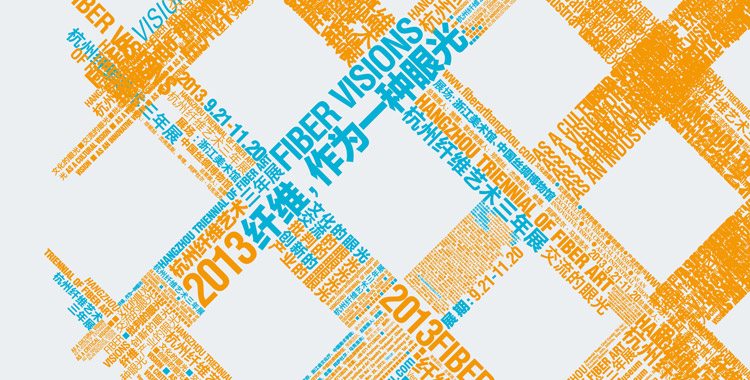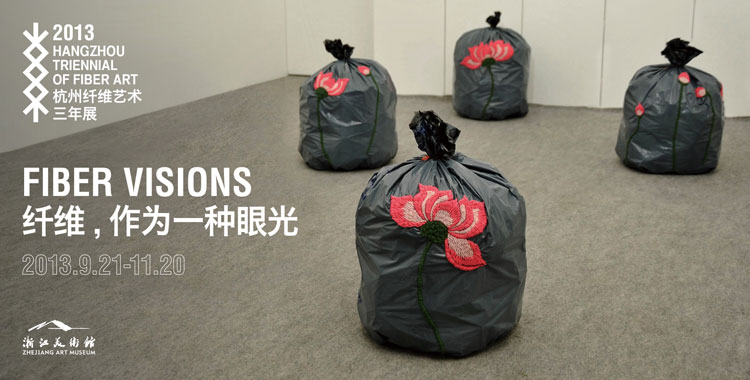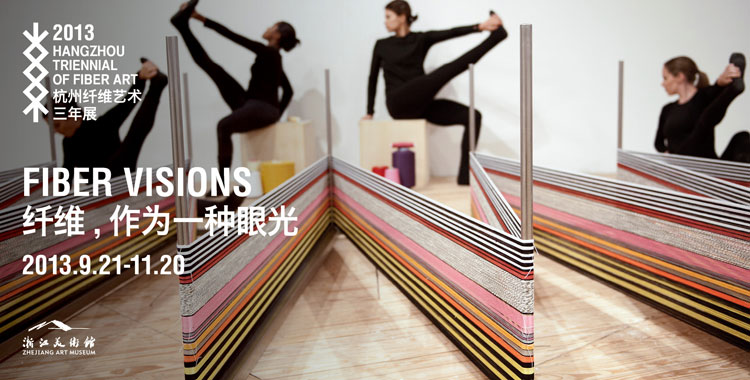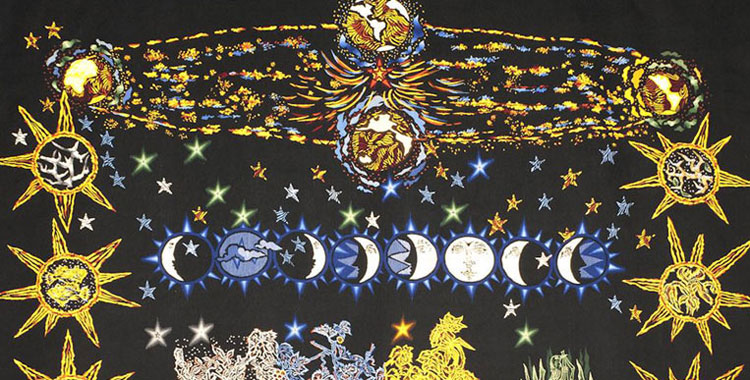A word from the curator
In September 2013, Hangzhou, the ancient Home of Silk, welcomes the first Hangzhou Triennial of Fiber Art.
Hangzhou was the location of the first Imperial Painting Academy of China. Today, the city houses the China Academy of Art, the art academy with the longest history in modern China. In the 1980s, the Bulgarian tapestry artist and professor Maryn Varbanov established the “Varbanov” Tapestry Research Centre at the China Academy of Art, and laid down the foundations for contemporary fiber art education and research in China. In 1987, three artworks of the Research Centre were selected for the 13th International Biennale of Tapestry in Lausanne, Switzerland. This was the international breakthrough of Chinese contemporary tapestry art. Afterwards, the Research Centre organized “Chinese Contemporary Tapestry Exhibitions” in Shanghai, Hong Kong, the United States, and many other places, which all received great response. Throughout the 1980s, the “Varbanov“ Tapestry Research Center served as a role model for the development of contemporary art in China.
Textile is not only a basic necessity of human life, throughout the history of humanity, and in all regions of the world, fiber materials were used as important means of artistic expression. Artworks in these soft materials reflect our rich cultural diversity. Because of their interrelatedness with everyday, social, and spiritual life, fiber materials are also omnipresent in contemporary art. Leading artists cherish traditional and new fiber materials to reflect on diverse issues such as technological innovation, mass production and consumption, urban development, amelioration of the environment, and modern spirituality. Touching upon the many aspects our human life, artworks made of textile and fiber materials were displayed at all major contemporary art exhibitions of the last decennia.
Fiber Visions” is the main theme of the first Hangzhou Triennial of Fiber Art. From various angles, we investigate the narrative strength of fibres. With Fiber Visions, we do not only perceive developments in contemporary art, to a large extent, we also seek to clarify and re-establish the interwovenness and interactive relationship between traditional culture and present-day life. Today, China’s rapid economical development provides us a solid foundation. As in pre-modern times, Hangzhou re-emerged as a center of textile industry. This is a further reason and motivation to hold a Fiber Art Triennial in our city. Our ambition is not only to focus on fiber art in contemporary art; we also seek to connect with various other fields. Fibers have unique material features, which make us think about the interconnection between art, culture, society, economy, and industry. We wish to create an overall spirit of mutual symbiosis between artistic creation and innovation in life. Doing so, we hope to foster the development of contemporary fiber art, textile industry and fashion. With this approach, we stimulate the flourishing of our region, and also international cohesion.
For the first edition of the Triennial, we intend to invite over 40 international artists to participate in “Fiber visions” exhibition from all over the world. The creative genius of their artworks will ensure a magnificent Triennial. The exhibition will take place at two venues simultaneously: the Zhejiang Art Museum, located at the lakefront of the beautiful West Lake, and the China National Silk Museum. Excellent exhibition spaces and facilities will contribute to the attractiveness of the fiber art exhibition. We are convinced that the First Hangzhou Triennial of Fiber Art will be a new landmark in the world of contemporary fiber art. Let’s meet in Hangzhou in 2013!
Shi Hui
Artistic Director
Hangzhou Fiber Art Triennial 2013
12.02.2012


























